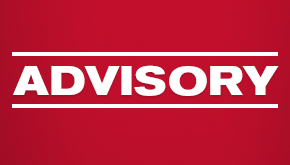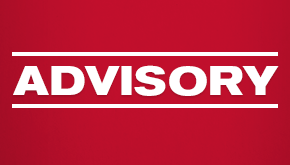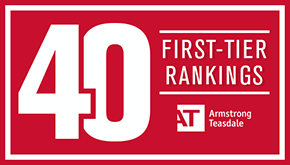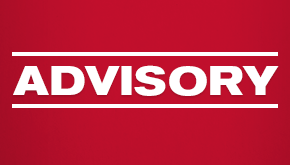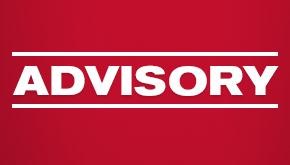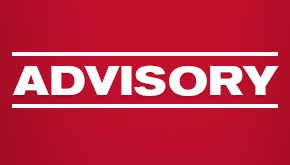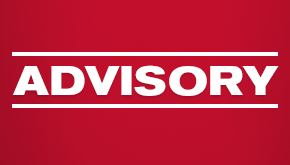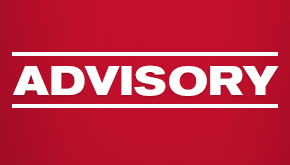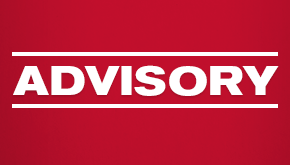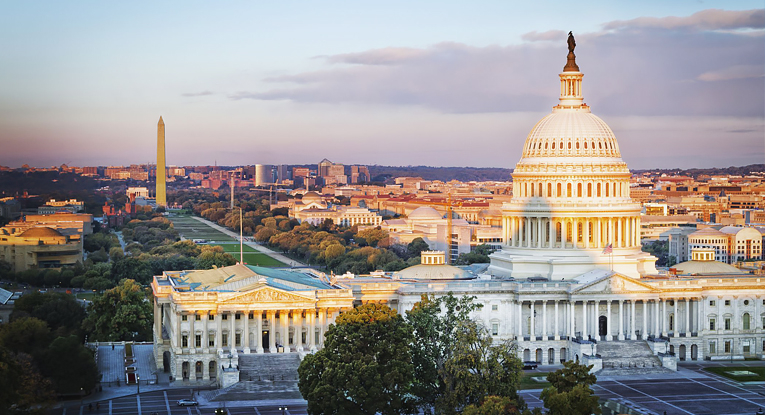DOL Releases Guidance on New Paid Leave Laws
The U.S. Department of Labor (DOL) has released initial guidance interpreting the Emergency Family and Medical Leave Expansion Act (EFMLEA) and the Emergency Paid Sick Leave Act (EPSLA), both of which will take effect on April 1, 2020. The DOL guidance includes clarification on a number of key points as outlined below.
Prior Leave Benefits Do Not Satisfy New Federal Paid Leave Requirements
The DOL’s guidance eliminates any hope that generous employers could take credit under the new paid leave laws for the extraordinary benefits that many companies implemented when the COVID-19 pandemic began spreading across the U.S. Explaining that EPSLA “imposes a new leave requirement,” the DOL rejected the notion that an employer could refuse to grant EPSLA leave to an employee beginning on April 1 based on having provided paid leave for an EPSLA-qualifying reason prior to April 1. EFMLEA and EPSLA protections are not retroactive. In short, it does not matter how generous an employer has been while waiting for EPSLA to take effect. On April 1, employees of covered employers will be entitled to an additional 80 hours of paid leave benefits under EPSLA.
Any Accrued Leave Can Be Used During the First Two Weeks of Emergency FMLA Leave
An employer is free to treat the first 10 days of emergency FMLA leave under EFMLEA as unpaid unless the employee has paid leave available to substitute for that unpaid time. EPSLA provides 80 hours of paid leave that can be used to cover the first 10 days of emergency FMLA leave that would otherwise be unpaid, but an employee can choose any form of paid leave available to run concurrently with those first 10 days of emergency FMLA leave. The DOL explains, “An employee may elect to substitute any accrued vacation leave, personal leave, or medical or sick leave for the first two weeks of partial expanded family and medical leave...”
Determining Employer Coverage Under EPSLA and EFMLEA May Be Complicated for Private Employers
The DOL’s guidance clarifies—in some surprising ways—which private-sector businesses will be treated as “covered employers” under EFMLEA and EPSLA. As a threshold matter, the DOL’s guidance appears to conflate the definitions of “employer” under EFMLEA and EPSLA—treating those laws as being subject to the same analysis for determining coverage for an employer in some respects.
- When to measure coverage: The DOL’s guidance states that employer coverage under EFMLEA and EPSLA is measured on the date that an employee working for that employer seeks to take leave. If an employing entity has fewer than 500 employees anywhere in the U.S. “at the time…the employee’s leave is to be taken,” the entity is covered under both EFMLEA and EPSLA. This creates the possibility of fluctuating coverage if an employer has a headcount that rises and falls above and below the 500-employee threshold from one day to the next. Thus, a business with a workforce of around 500 people should monitor its headcount very closely on a daily basis to determine when it is and is not obligated to comply with EFMLEA and EPSLA.
- Which workers count: All employees count for determining EFMLEA and EPSLA coverage, but properly classified independent contractors do not. The DOL lists the following categories of workers who must be counted to assess EFMLEA and EPSLA coverage: “employees on leave; temporary employees who are jointly employed [with] another employer…; and day laborers supplied by a temporary agency (regardless of whether you are the temporary agency or the client firm if there is a continuing employment relationship).” Notably, this list includes staffing-agency workers, the engagement of whom—under the FLSA’s joint-employer test—does not always result in a joint-employer relationship. Thus, this section of the DOL’s guidance appears to create some tension with the assertion later in the same guidance that the FLSA’s joint-employer test applies to determine which workers count when assessing EFMLEA and EPSLA coverage.
- When to aggregate the headcounts of related entities: The default rule is that a corporation or other employing entity will be treated as a single employer for purposes of EFMLEA and EPSLA coverage. However, the DOL’s guidance recognizes the following exceptions to this normal rule:
- Joint Employers. Under the “joint employer” test, if “a corporation has an ownership interest in another corporation, the two corporations are separate employers unless they are joint employers under the FLSA with respect to certain employees.” According to the DOL’s guidance, if the FLSA’s joint-employer test is satisfied, all of the “common employees” of a parent entity and its subsidiary “must be counted in determining” EFMLEA and EPSLA coverage. The DOL’s application of the “joint employer” test under the Fair Labor Standards Act (FLSA) is somewhat surprising given that the Family and Medical Leave Act (FMLA), which EFMLEA amends, has its own joint-employer test that is different from the FLSA’s test. However, the DOL’s guidance disregards the FMLA joint-employer test in favor of the more recently announced joint employer test under the FLSA, which made it significantly more difficult to establish a joint-employer relationship. This is a complicated analysis for which the assistance of counsel is recommended.
- Integrated Businesses. The DOL’s guidance recognizes another exception—under the “integrated business” test—that applies when determining which employees should be counted to determine EFMLEA coverage. Notably, in identifying this second exception, the DOL makes no mention of EPSLA. Instead, the DOL states simply, “If two entities are an integrated employer under the FMLA, then employees of all entities making up the integrated employer will be counted in determining employer coverage for purposes of expanded family and medical leave under the Emergency Family and Medical Leave Expansion Act.” Read strictly, this would suggest that the integrated-business exception applies only for purposes of determining EFMLEA coverage—but not for EPSLA coverage. This distinction could presumably lead to circumstances where an entity may escape coverage under EFMLEA as an “integrated business” with other entities, whose aggregated headcounts exceed 499, while remaining covered by EPSLA because the entity’s own workforce, standing alone, includes “fewer than 500 employees.” Hopefully, the DOL will provide further clarification on this point in regulations to be published in April.
Multiple Factors are Considered When Calculating Paid Leave Benefits
Employers must include all of an employee’s “normally scheduled” work in the number of paid leave hours available to the employee for each week of emergency FMLA leave taken to care for a child whose school or caregiver is closed or unavailable due to the COVID-19 pandemic. Those leave hours must be paid based on the employee’s regular rate of pay, which is an average of the employee’s “regular rate” over a six-month period preceding the emergency FMLA leave. This is a relatively simple calculation for exempt employees, but involves several steps for nonexempt employees:
- Identify the Employee’s Normally Scheduled Weekly Hours. For nonexempt employees, normally scheduled regular and overtime hours are included in the analysis. The DOL explains that EFMLEA requires an employer “to pay an employee for hours the employee would have been normally scheduled to work even if that is more than 40 hours in a week.”
- Calculate the Employee’s “Regular Rate” for EFMLEA Purposes. Although an employee’s “normal” schedule may include overtime hours, the pay rate for the employee working those hours is pegged to the employee’s regular rate of pay under FLSA. Employers can calculate this rate using the following instructions:
- add all compensation that is part of the employee’s “regular rate” (including, for example, all “commissions, tips, or piece rates”) over the lesser of (i) the six-month period preceding leave and (ii) the employee’s entire term of employment for the employer; and
- “divide that sum by all hours actually worked in the same period.”
- Apply Daily Caps to the Product of Normally Scheduled Hours, Times the Regular Rate. Next, for each day of paid leave, the employer multiplies the employee’s normally scheduled hours by the employee’s “regular rate” (calculated as described above). The employee is entitled to that product if two-thirds of it is less than or equal to $200. If, however, two-thirds of that product for any single day of EFMLEA exceeds $200, the statutory cap would apply, and the employee would be entitled to only $200 for that day of paid leave.
All Employees on Payroll for the Last 30 Days Are Eligible for EFMLEA
Any employee who has been on an employer’s payroll for the 30-day period preceding a request for leave is eligible for EFMLEA to care for a child whose school or caregiver is closed or unavailable due to the COVID-19 pandemic. No minimum-hours requirement applies. For example, if an employee wants leave on April 1, the employee needs to have been on payroll as of March 2.
These laws are included in a much larger package of legislation providing for a broad spectrum of economic relief to address the COVID-19 pandemic. Furthermore, this is one of several legislative measures expected from the federal government to confront the pandemic and economic fallout that is certain to flow from it.
Armstrong Teasdale attorneys are actively monitoring and providing updates regarding these developments.


